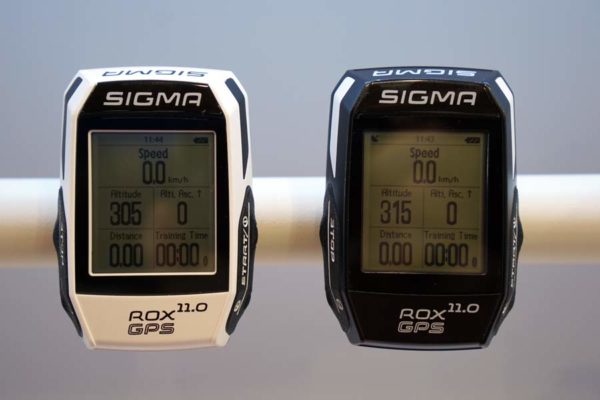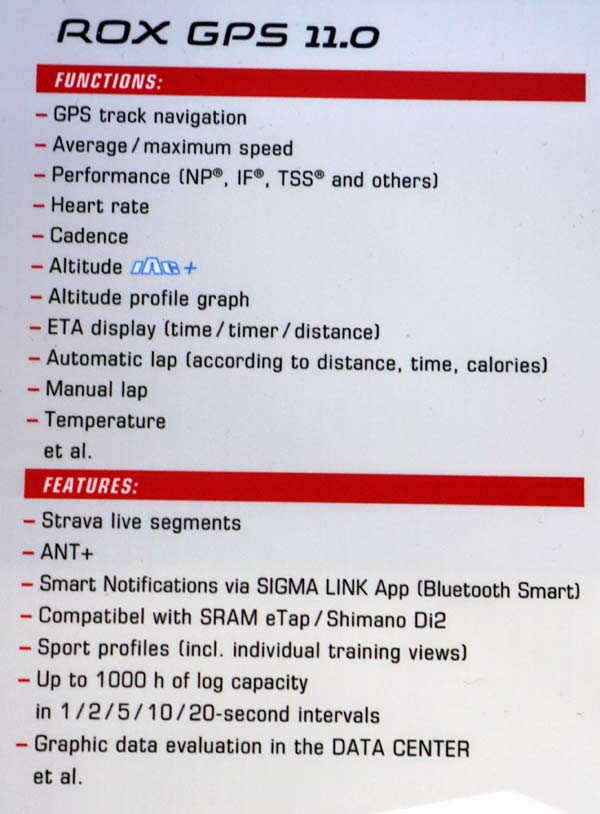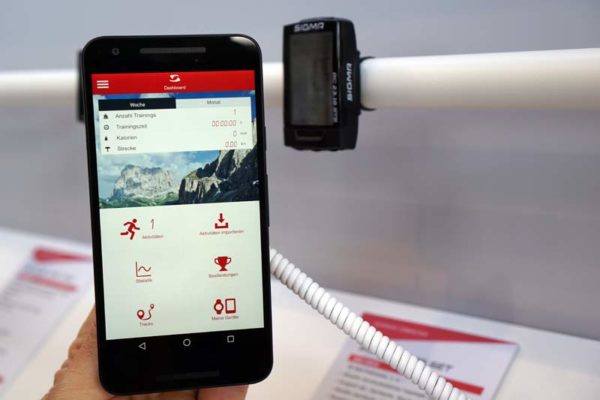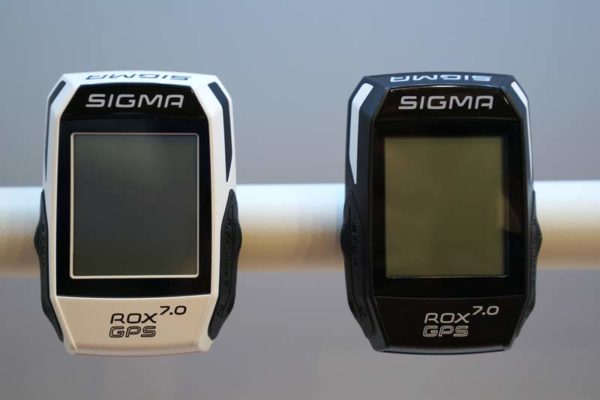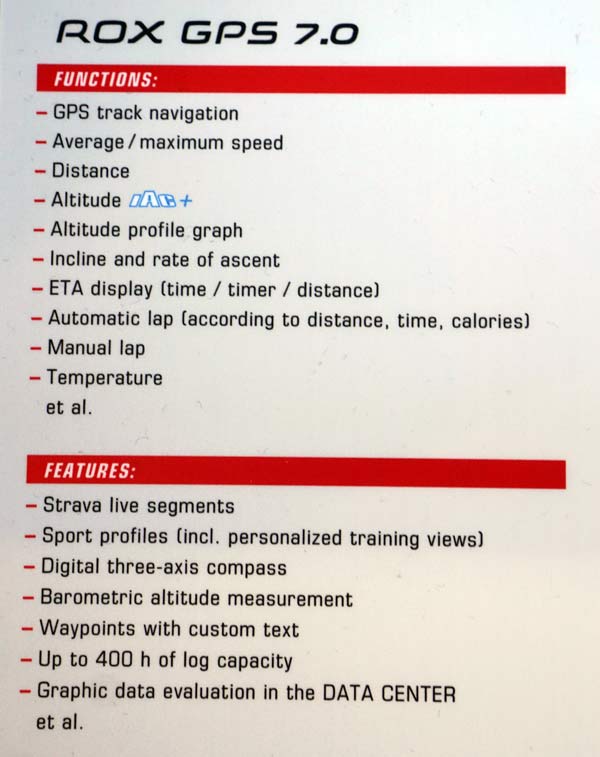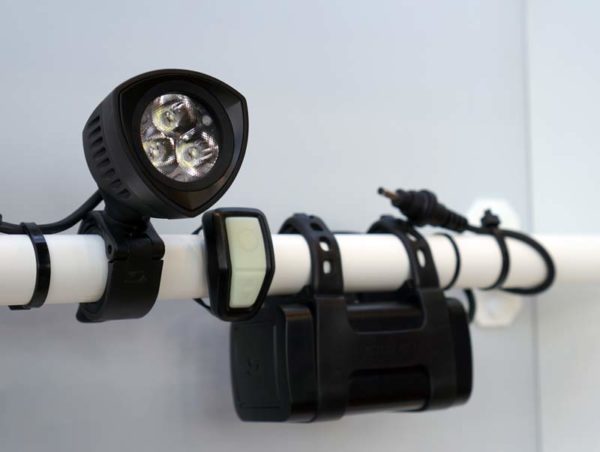Introduced all the way back in 2013 as their first GPS-enabled cycling computer, the Rox 10.0 was due for an update. The all-new Sigma Rox 11.0 builds in the latest features and adds Bluetooth to the ANT+ transmission, letting it communicate with more sensors…and your phone. That’ll come in handy as their mobile version of Data Center comes online, making it easier than ever to sync your rides. It also means Strava Live Tracking, plus text/call alerts if you want them. Check the tech specs and other updates and items, below…
Most of the functions remain the same or get slight improvements (like ETA, temperature, average incline/decline, etc.), but there is a much expanded set of metrics to show your power, including multi-interval averages, normalized power, TSS, IF, left/right balance, pedal smoothness, torque effectiveness, and more.
It’s the features that bring it into the modern era. In addition to linking with your phone and various apps, it’ll now also show gearing data from electronic drivetrains. Another big improvement to overall user enjoyment is the increased capacity for stored rides. The original was limited to just 19 hours of ride time, which meant we were frequently having to delete old rides in order to continue saving a current one, something that was a pain when riding alone…and very difficult to explain to your riding buddies when they’re standing around waiting. Now, there’s 1,000 hours of logging before it needs to take a giant memory dump.
Data Center now has iOS and Android apps, but only for tablets, not phones, along with updated PC and Mac versions, letting you see your ride info virtually anywhere. Find the one you need here. For phones, there’ll be a new Sigma Link app, it’s just not ready yet.
One of the key features we’ve liked about Data Center is that it lets you build routes inside the desktop app then load them onto your device. You can even create way points with notes, so you’ll get an alert that says something like “Gas Station on right – last chance to fill bottles”. Their rep said the program might soon be available free or very inexpensively to anyone, which would make it easier to create .GPX files of any route and share them with others without paying for an ongoing subscription elsewhere.
The Rox 11.0 bundle will come with dual-band (ANT+ and BTLE) heart rate and speed/cadence sensors, which can be used on their own to send those data points directly to any compatible cycling app on your phone, too.
The Rox 7.0 is an only slightly watered down version of the 11.0, but still gets GPS, Strava segments (preloaded, not live), and all the key performance metrics. You simply lose the wireless connectivity to your phone, which means you’ll need to plug it in to sync everything.
Last up is the Buster 2000, a new 2000 lumen head light with remote control and external battery pack. That’ll reach 200m in full power, or dim down through seven different modes to suit conditions. Run times range from 2.5 hours all the way to 20 hours in eco mode. Three flashing modes, including an SOS pattern, are included. The battery is kept external so it can be used for longer distance touring where you may want to charge other devices on its auxiliary USB port, too. It’s a 6400mAh Li-Ion unit with a silicone housing and straps.
